if conifers are trees .....
ken_adrian Adrian MI cold Z5
11 years ago
Related Stories

PLANTING IDEASStretch the Budget, Seasons and Style: Add Conifers to Your Containers
Small, low-maintenance conifers are a boon for mixed containers — and you can transplant them to your garden when they’ve outgrown the pot
Full Story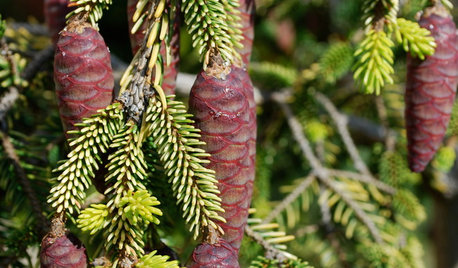
GARDENING GUIDESGreat Design Plant: Skylands Oriental Spruce, a Favorite Conifer
Brighten up a drab corner of your garden with Picea orientalis ‘Skylands’, a smaller spruce that a bird family might just call home
Full Story
GARDENING GUIDESDesigning With Conifers: Find the Perfect Fit for Your Landscape
Conifers range from fairy-garden size to 70 feet tall. Here’s how to decifer the plant tag for the perfect long-term fit in your garden
Full Story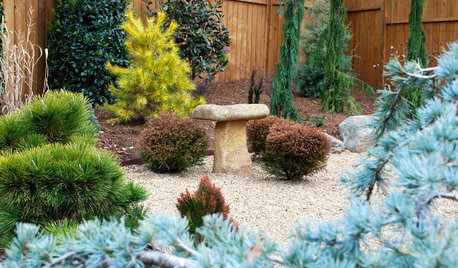
PLANTING IDEASDesigning With Conifers: Personality and Form in the Garden
Unique and full of interest, well-shaped conifers await a place your yard
Full Story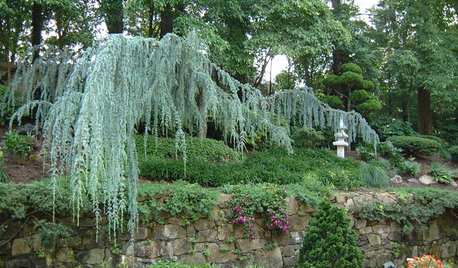
PLANTING IDEASDesigning With Conifers: Exploring Color
Colorful, structural and adaptable, conifers are waiting to transform your garden
Full Story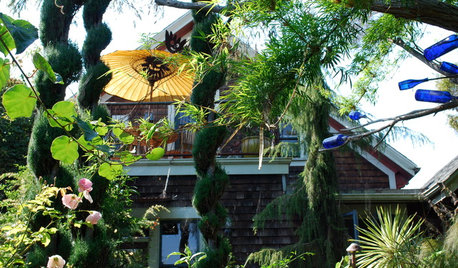
PLANTING IDEASDesigning With Conifers: How to Unite Your Landscape
Create a landscape full of intrigue and artistry with the right placement of conifers and their supporting players
Full Story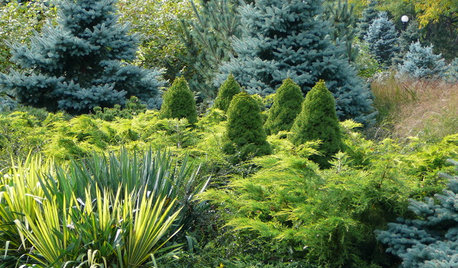
PLANTING IDEASDesigning With Conifers: Layers of Texture for Your Garden
Sharp and prickly or fine like ferns, richly textured conifers bring unexpected interest to the landscape
Full Story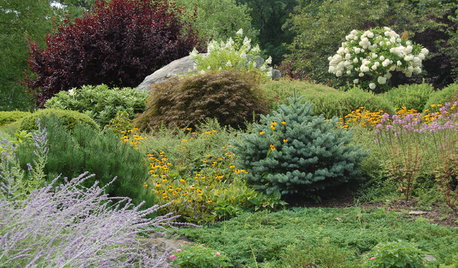
GARDENING GUIDESDesigning With Conifers: Finding the Right Garden Bedmates
In gardening, building on commonalities creates an enduring relationship
Full Story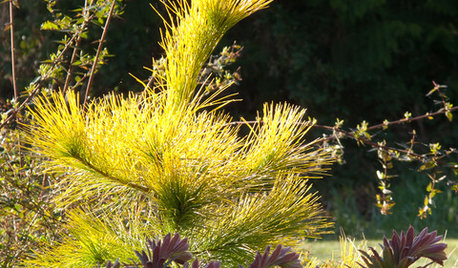
GARDENING GUIDESGreat Design Plant: Louie Eastern White Pine
This stunning golden conifer will bring a smile to your face and add a ray of sunshine to your winter garden
Full Story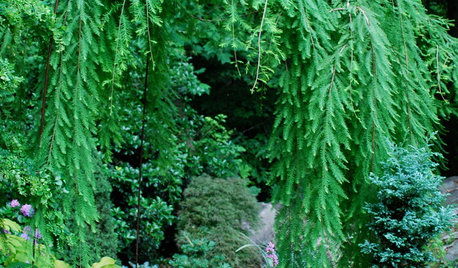
LANDSCAPE DESIGNThe Weepers and the Creepers: 10 Intriguing Trees for Your Garden
Bring something a little different to your landscape with a tree that dives, twists or crawls
Full Story









gardener365
Huggorm
Related Professionals
Forest Park Landscape Architects & Landscape Designers · Manorville Landscape Architects & Landscape Designers · Winder Landscape Architects & Landscape Designers · Sahuarita Landscape Architects & Landscape Designers · Springfield Landscape Contractors · Brockton Landscape Contractors · Caldwell Landscape Contractors · Dallas Landscape Contractors · Dallas Landscape Contractors · Eagle Landscape Contractors · Farmington Landscape Contractors · Fort Payne Landscape Contractors · Soddy Daisy Landscape Contractors · Suisun City Landscape Contractors · Castaic Gardeners & Lawn Carekmanzfive laknee
kmanzfive laknee
Sara Malone Zone 9b
David Olszyk, President, American Conifer Society
ken_adrian Adrian MI cold Z5Original Author
slama.wbgarden
texjagman
texjagman
Smivies (Ontario - 5b)
ken_adrian Adrian MI cold Z5Original Author
tsugajunkie z5 SE WI ♱
monkeytreeboy15
monkeytreeboy15
Sara Malone Zone 9b
pastaetr
pastaetr
pastaetr
pastaetr
pastaetr
ladylotus
pastaetr
pastaetr
pastaetr